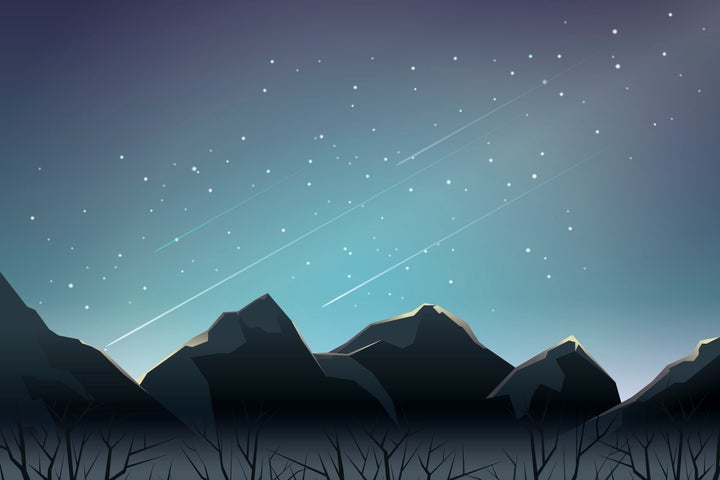
Psyched to see some shooting stars? Gaze skyward tonight, and you may witness the annual Draconid meteor shower.
Named for Draco, the northern constellation from which they appear to originate, the Draconids return around this time each year as Earth passes through the debris trail of the Comet 21p/Giacobini-Zinner. Fast-moving bits of debris from comet trails produce streaks of light as they burn up in our atmosphere.
As meteor showers go, the Draconids generally aren’t particularly spectacular, according to Slooh.com. But you never know. In 1933 and 1946, observers reported seeing thousands of meteors per hour.
Here’s a look at what last year’s display was like:
Most meteor showers are best seen in the hours before dawn. But the Draconids are best viewed in the evening, starting around nightfall, according to EarthSky.org.
To boost your chances of spying some meteors, NASA recommends doing your viewing from a dark place. Forget about using binoculars or a telescope ― either will narrow your view of the sky, making it harder to see the meteors. And don’t look at your cellphone or another artificial light source. Doing so will hinder your night vision.
The Draconid shower is is one of three meteor showers this month. The Taurids peak on Oct. 10, the Orionids on Oct. 21 ― though the latter shower may be difficult to see because of the full moon.
Happy viewing!

